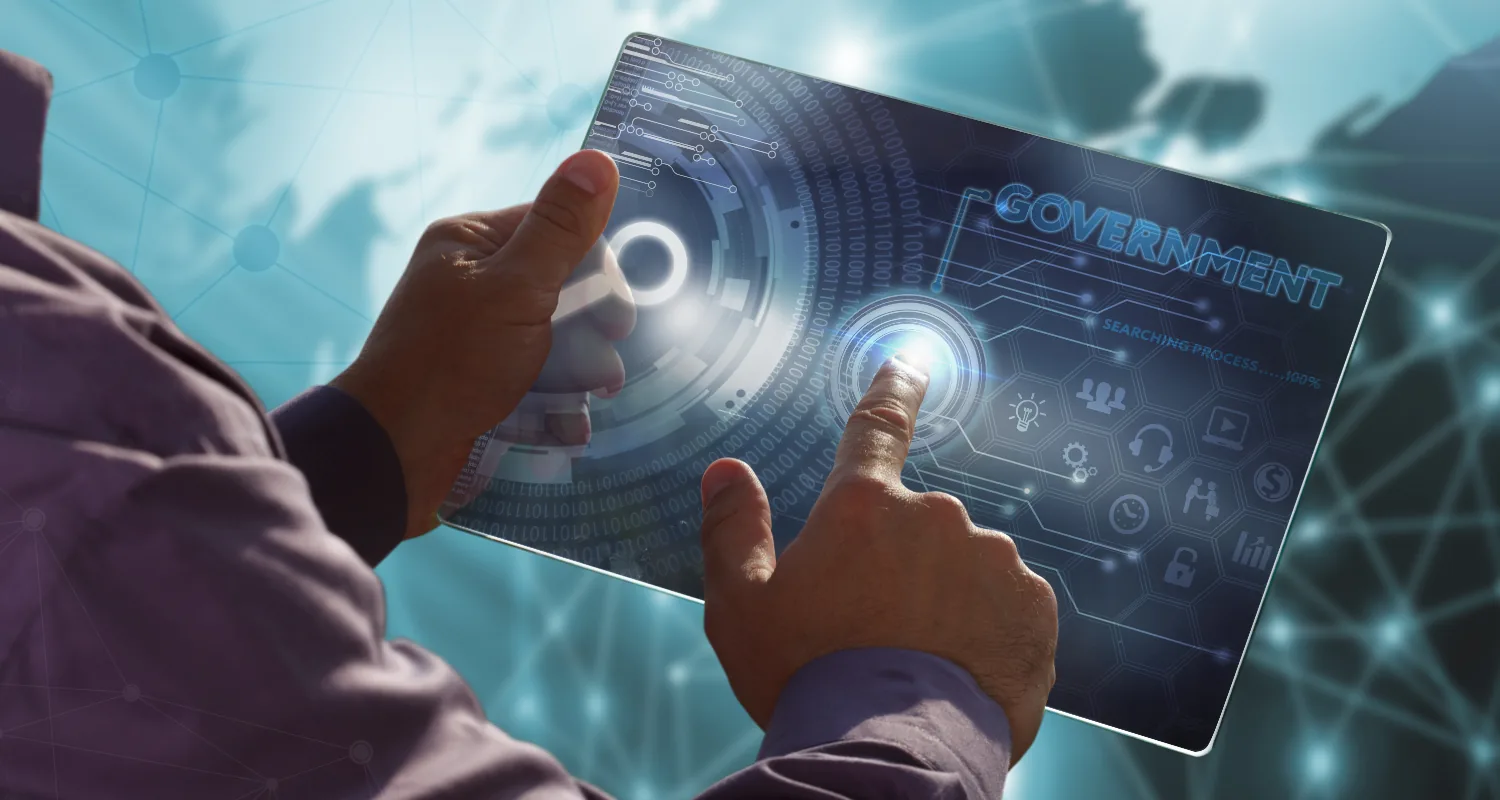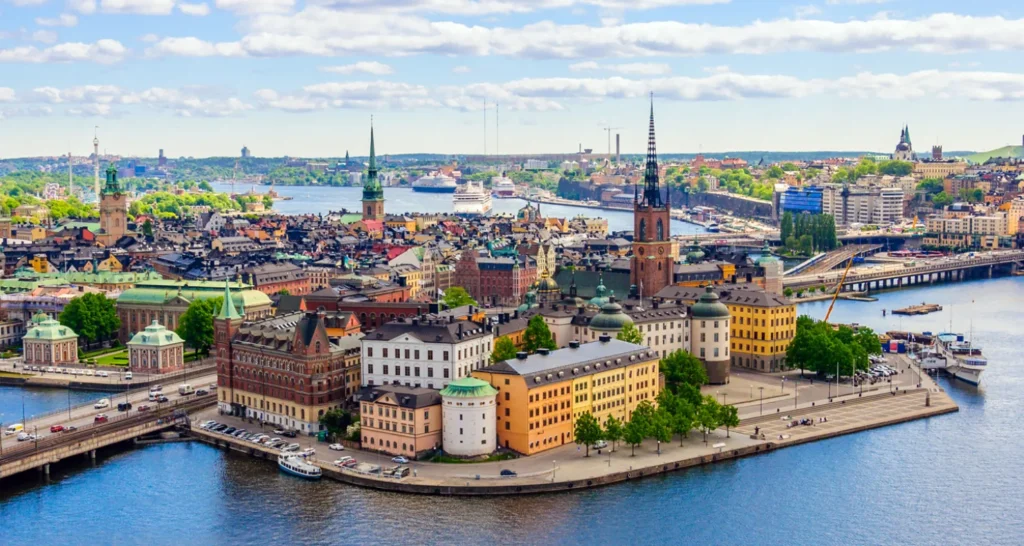Information and communication technology (ICT) is a powerful tool for altering the way governments engage their citizens. The Internet offers amazing new prospects beyond the recognized model associated with democratic government. This century has embraced the true potential of the Internet. The impact the Internet has on democratic processes is evident through its new and rousing ways. The Internet offers opportunities of voting online; creating awareness of little-known candidates vying for public office and allowing citizens to effortlessly petition the e-government on essential issues.

E-government is among the ways in which governments enhance the quality of communication between state and society by modernizing state governance, and effectively administering state reform in line with the needs of the knowledge society. Political modernization is a fairly intricate concept. Following the Second World War, or even from the Enlightenment period, most nations across the world have looked for tactics of attaining political modernization, and most of the movements are seen as the progression of democracy in many aspects. In summary, political modernization may be seen as the growth of politics in numerous aspects. Essentially, political modernization indicates authority structure has changed considerably, which also means the growth of legitimacy and justification of authority.
Political modernization has been driving the process of social and economic modernization in non-Western nations. For example, in East and Southeast Asia countries like South Korea, Taiwan, Singapore, the quick rise in economic status unquestionably swayed political development.
In such a background, transparency in governance is necessary. Like some scholars, I believe that the growing level of transparency in governments will result in the modernization of politics. In the past, owing to the low levels of transparency in governments, ordinary people had did not have access to official information leading to severe corruption, particularly in semi-democratic or undemocratic nations experiencing rapid economic growth.
Transparency in government means that every political process from making of policy to policy implementation can be overseen by regular people. Some scholars indicate that technological developments may be a practical way of fast-tracking the growth of transparency in governments. For example, Asia’s rapid diffusion of E-governance has been shown to have a progressive impact on government transparency.
Automatization trends in E-Government system
The prominent feature of 21st-century societies is the active infiltration of ICT into every sphere of social life, particularly citizens-state interactions and other political processes. Technological and social sciences have been dealing with interactions between the state and citizens via ICT within the knowledge society context.
In the last decade, the quick expansion of the Internet together with other information tools have apparently improved the development of offline political participation. For instance, in mainland China, E-governance influence has been witnessed. For a long time, people hardly took part in political matters owing to the lack of appropriate approaches, however, the diffusion of social media and the E-government system, individuals today have a means of participating in public affairs via the internet, which also provoke people’s consciousness of offline political engagements.
Social aspects replicate e-government interactions with traditional legal-political phenomena and the regular democratic state processes. These aspects of e-government are replicated in the holistic approach to e-governance. Holistic approach is based both technological solutions and the embracing of socio-legal aspects of e-government.
Brazil is a presidential and federal republic with substantial decentralized federalism. The country consists of 26 states and Brasilia (a federal district). The government is made up of directly elected president, a national constituency, as well a congress. In 1986, Brazil began computerization of the electoral system and the creation of National Registry of Voters. In 1994, the electronic count was introduced. A year later, proposal for the development of an electronic ballot box wat put forth. In 1996, the initial testing of the electronic voting machines was carried out during municipal elections, involving 33% of voters. In 1998, the second test was carried out during the general election, covering 67% of all voters. In 2000, the entire system was tested across the country during the municipal elections.
Some actual problems of the E-Government system
New technological developments have the ability to sway social welfare; nevertheless, they are particularly susceptible in terms of conforming to expectations, abilities, or even emotions associated with society. The digital divide seems to be a formidable barrier for the successful functioning of e-government since it blocks certain social groups (not automatically conventionally excluded) as well as social institutions from engaging in the cultural, political and economic life of a knowledge society. To attain sustainable growth of e-democracy and e-society, governments and communities must address problems of the digital divide in all measures leaning towards e-democracy, including e-government as a measure of e-democracy governance.
Criticism & Controversies of E-Government system
Even though enhancing government transparency is generally accepted by almost all countries, there still exist many instances of corruption and black boxes around the world. How to strengthen transparency in government is becoming a hot topic in such areas.













